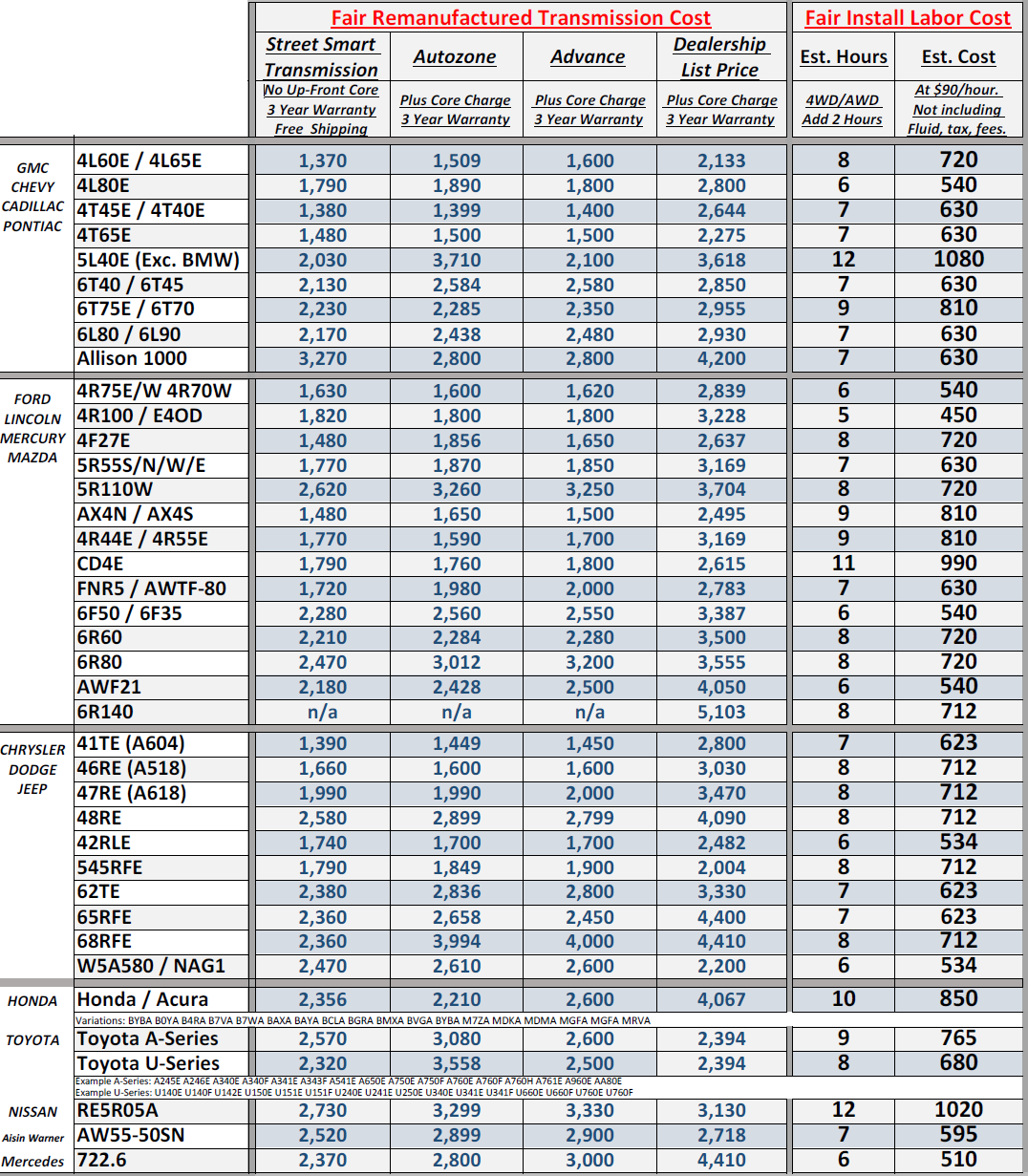You’ve heard of good news/bad news questions and answers, right? Well, how about a good news/better news question and answer? That’s the kind of question that you have presented me.
First, the good news: You won’t have to lay out a huge chunk of change for a rebuilt transmission. The reason is that, though, your Civic is ailing, it isn’t the kind of ailment that will cost a huge sum. And this leads to the better news part of the answer: Though you will have to lay out some money, it won’t be all that much, as compared to the rebuilt tranny.
Since the late 1960s, carmakers have used more and more computerization to control cars. At first, the auto industry employed specialized microcomputers that, though they thought digitally, were actually known as analog devices. The devices were assembled into systems that worked on two levels to achieve a result. These devices were the best that the industry could device, at that moment. The industry plainly needed more because these systems were just not capable of the finely threaded control needed to accomplish everything that was mandated by the government.
Fortunately, a development occurred in the mid-1970s that enabled the auto industry to apply tighter control, large scale integration. Large scale integration, and its successor very large scale integration paved the way for tiny computer chips that could be used to control the systems needed to meet the tightening emissions and mileage standards that came out of the Environmental Protection Agency and the National Highway Traffic Safety Administration. At this time, the environmental agency took the lead because Washington was tightening mileage standards and fuel economy standards at the same time. Both goals were intertwined because higher mileage usually meant poor performance, while poor performance meant increase emissions.
The microcomputer and the sensors that it enabled and drove was to prove the key device that enable the car industry to move forward and meet the tougher standards laid on the environment.
Likewise, as safety requirements tightened the microcomputer has enabled the automakers to implement things like anti-lock braking and other things.
With that said — and moving to today — cars now have anywhere between 15 and 27 microcomputer modules or units in the engine bay. The master control unit is the engine control module (ECM). It listens to an internal network of devices that controls everything from braking and acceleration to emissions. The many control modules not only monitor their specific systems, but they also listen to the network and report errors to the ECM.
That’s why your test was able to identify the key to your Civic’s issue, the TCM or transmission control module. The TCM polls a variety of devices including the:
–Throttle Position Sensor
–Mass Airflow Sensor
–Mass Air Pressure Sensor
–Throttle Positioning Sensor
–Crankshaft Position Sensor
–Wheel Speed Sensors
–Brake Switch
–Inhibitor Switch
–Torque Converter Turbine Speed Sensor
Each of these devices reports transmission problems back to the TCU and ECM that can cause the problems you describe.
In this case, though, you know the device or devices that are failing are somewhere on the electronic side of the equation. Most likely, it is the TCU itself so that all you have to have done is have the device swapped out. That swap-out is your money-saver. Normally, a rebuilt tranny will cost between $3,000 and $3,400, depending on your location. The TCU, while it does cost about $425 to replace, is still far less expensive.
The good news here is that once you have replaced the device the chances are good you will have many more miles of driving in you Civic, although it is also possible another device or two could fail in the relatively near future, which is something to bear in mind and to note. And, by the way, your transmission is fine.
Thanks for your question, please let me know what happens.

